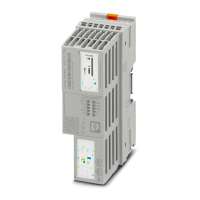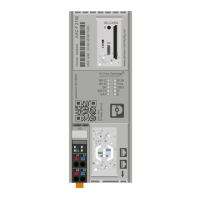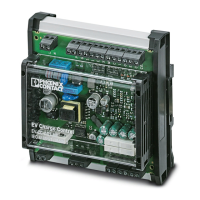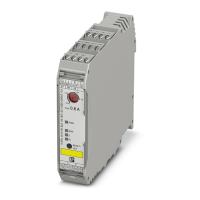RFC 4072S
32 / 272
PHOENIX CONTACT 108580_en_02
2.3.2 Determining F_WD_Time IN
min
/F_WD_Time OUT
min
The F_WD_Time, which you as the user must determine according to your application, is
set in the PLCnext Engineer software (“Safety Parameters” editor, see Figure 4-46 on
page 123). If the safe communication connection has been established between the part-
ners, monitoring is performed independently by both F-Host (iSPNS 3000) and F-Device to
ensure that the set F_WD_Time is observed during safe communication.
The following figure from the PROFIsafe specification illustrates the relationship:
Figure 2-4 F_WD_Time (minimum)
Key:
Please note that if the F_WD_Time is too short for a safe communication connection, sys-
tems and applications will not be available.
This is because the value for F_WD_Time must be greater than or equal to the total max-
imum telegram runtime from F-Host to F-Device and back again in order that safe com-
munication via PROFIsafe can, at the very least, be established during error-free network
operation. In addition to the transmission times on the network (PROFINET cycle), internal
stack and firmware runtimes in devices, delays caused by subsystem buses (e.g., device
bus for modular I/O systems), etc. must also be taken into consideration.
For detailed information on the PROFIsafe specification (PROFIsafe – Profile for Safety
Technology on PROFIBUS DP and PROFINET IO, Order No. 3.192), please refer to Sec-
tion “Documentation” on page 232.
DAT Cycle time of the F-Device (F-Device acknowledge time)
Bus Bus runtime including all relevant runtime components in the devices, backplane
buses, bus heads (bus couplers or controllers) etc. of modular systems
HAT Cycle time of the iSPNS 3000 (F-Host acknowledge time)
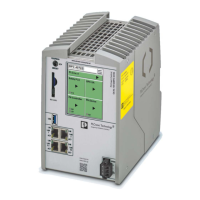
